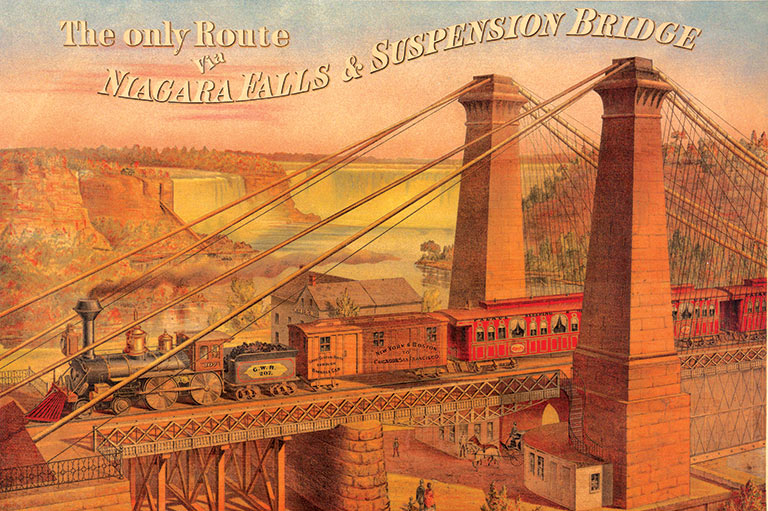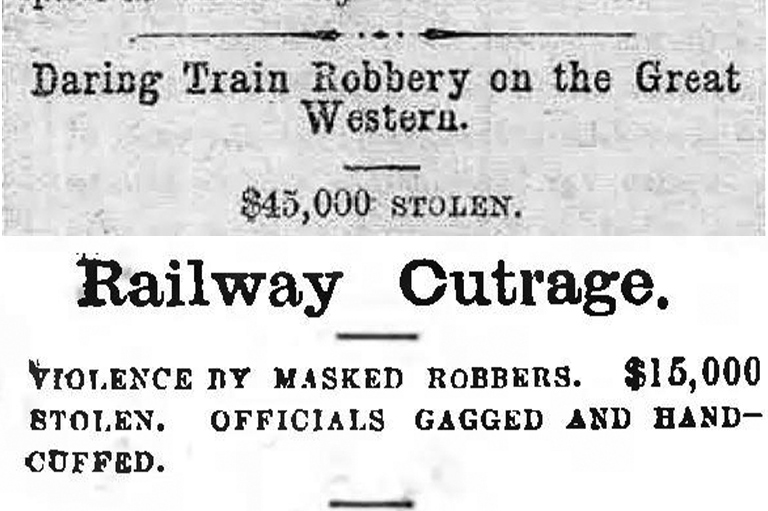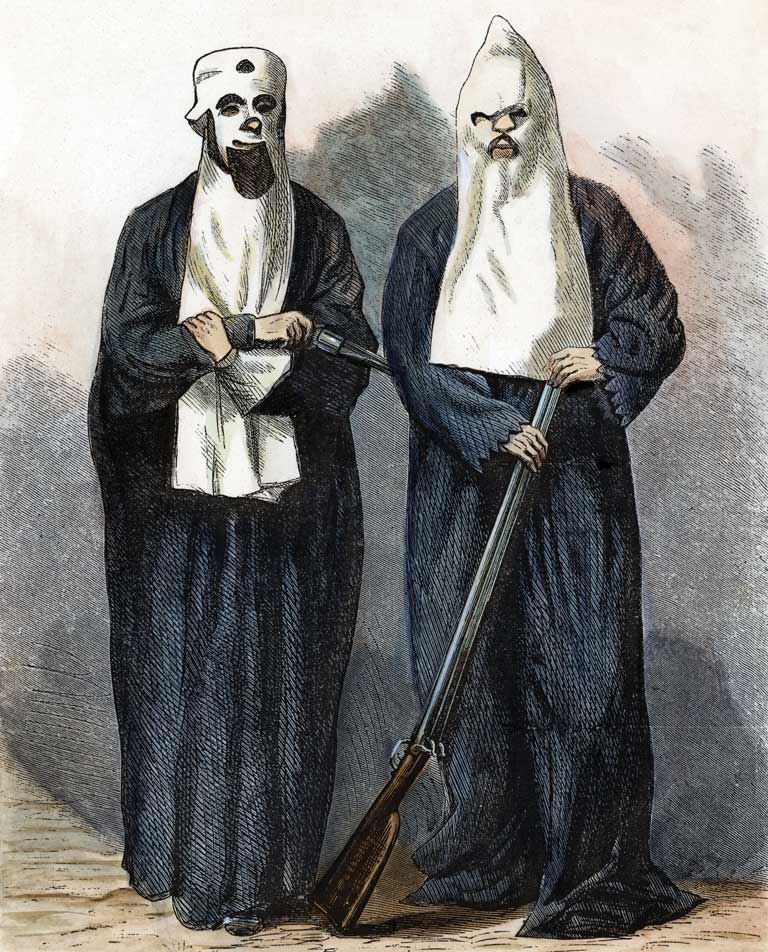Robbery on the Rails

At a time when train robberies were unheard-of in Canada, the stealthy holdup of a Great Western Railway train in southern Ontario 150 years ago generated a great deal of excitement.
Newspapers called the November 13, 1874, heist one of the most daring robberies ever perpetrated in Canada and described in detail how the crime was carried out by a gang of men wearing white hoods and smocks.
According to the Toronto Globe, “the train left Hamilton at about five o’clock, everything, apparently, being all right. But shortly after leaving Port Credit, a man entered the rear door of the baggage and express car, and simultaneously four other men came in the other door.” Armed with revolvers and bowie knives, they overcame two railway employees, handcuffing and gagging them. Using a key taken from one of the employee’s pockets, they opened an iron box containing valuables worth from $15,000 to $45,000.

As the train slowed down on its approach to Toronto, “the ruffians who had committed the outrage jumped from the car and escaped,” the newspaper said. Presumably they went on to enjoy their spoils, for there is no record of them ever having been caught.
The Richmond Hill-York Herald wrote in an article on November 19 that “it may be thought strange that no one on the train, excepting the two men fettered and bound should have known anything whatever of this gigantic depredation.” The article explained that the robbed compartments were isolated from the other parts of the train. “Moreover,” the story read, “the noise made by the engine would prevent any cries from being heard and thus the train arrived at the Queen’s Wharf with several hundred [passengers] in the rear… little knowing that a robbery almost romantic in its incidents, had been perpetrated within a few feet of them.”

Canada’s first train robbery followed a wave of post-American Civil War railway heists south of the border that began in 1866 as a consequence of unemployment and general lawlessness in the United States.
The Ku Klux Klan-style disguises donned by the robbers were similar to those worn by the notorious Confederate guerrilla fighter Jesse James and his associates when they derailed and robbed a train in Iowa a year earlier, killing two rail employees. However, there was no evidence that the James-Younger gang was linked to the Canadian heist.
The next Canadian train robbery would not happen until thirty years later, when American outlaw Bill Miner and his accomplices robbed a CPR train in Mission, B.C. Miner, who was sixty years old and known as the “gentleman bandit,” quipped, “Goodnight boys, sorry to have troubled you,” during the 1904 robbery. Miner was caught after a similar train heist in the same area in 1906, but he escaped from prison and fled to the United States, where he resumed his life of crime.
Learn more
With 7 uniquely curated newsletters to choose from, we have something for everyone.
We hope you’ll help us continue to share fascinating stories about Canada’s past by making a donation to Canada’s History Society today.
We highlight our nation’s diverse past by telling stories that illuminate the people, places, and events that unite us as Canadians, and by making those stories accessible to everyone through our free online content.
We are a registered charity that depends on contributions from readers like you to share inspiring and informative stories with students and citizens of all ages — award-winning stories written by Canada’s top historians, authors, journalists, and history enthusiasts.
Any amount helps, or better yet, start a monthly donation today. Your support makes all the difference. Thank you!
Themes associated with this article
Advertisement
Save as much as 40% off the cover price! 4 issues per year as low as $29.95. Available in print and digital. Tariff-exempt!










